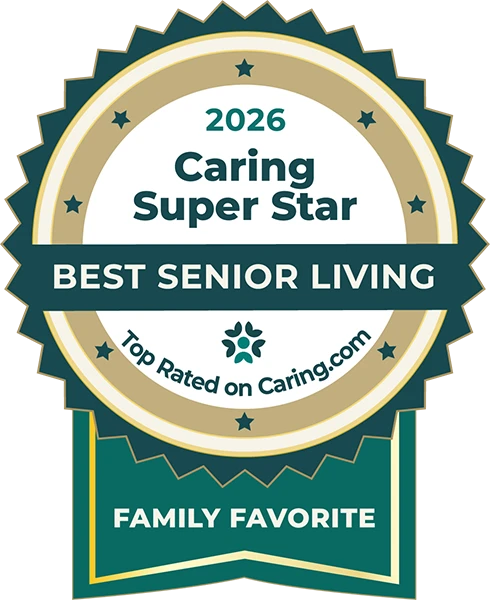Here Comes Phase II

For the first time in almost thirty years, the long-term care industry is in the midst of significant changes to the federal regulations. These changes are so significant that they are being introduced in three phases. Phase one was introduced last November and mainly set the tone for changes to come, introducing language changes. These language changes are “activity-friendly” as the push toward Person-Centered Care is getting stronger.
Activity Professionals have long embraced Person-Centered Care concepts and many of these regulatory changes validate the importance of quality of life. The wording of our federal tag was revised slightly to more clearly define the scope of programming and emphasize individual preferences.
The second phase is to be implemented November 28th, 2017 and will be introducing the most significant changes of the three-phase implementation.
The following is a summary of the planned changes:
-The regulations have been re-arranged and renumbered. Whereas activities used to be F-248 and F-249, we are now F-679 and F- 680. Same requirements but located differently.
There are references to activities in at least 52 additional regulations which strengthens the importance of quality of life as an interdisciplinary approach.
-Resident rights have been redefined and strengthened. There are more specific guidelines for responding to the exercising of individual rights, abuse, and neglect. All care communities should be sharing the current set of resident rights with their residents at the resident council as well as individually, as appropriate.
-New Behavioral Health regulations are being introduced. These regulations emphasize non-pharmacological interventions for behavioral expressions. The activity profession will play a significant role in these new requirements as individualized activity interventions, both group and 1-1 can be an effective nonpharmacological approach. We will need to be prepared with a wide spectrum of interventions for individuals with all sorts of behavioral needs.
-Part of these Behavioral Health regulations define the need for sufficient and competent staff. The activity professional needs to ensure they have acquired the necessary training to appropriately respond to elders with cognitive loss. To assume a strong role in defining and implementing non-pharmacological alternatives, we need to acquire the necessary knowledge, skills, and competencies.
Obtaining a national certification through NCCAP or NCTRS would be one way to secure the basic knowledge of therapeutic interventions.
Acquiring a memory care specialization or at the very least, additional training on the subject, would contribute to your knowledge in understanding behaviors and developing individualized approaches that might be effective in meeting individual needs. The activity manager should be developing a training program for the staff in their department, offering regular in-services on dementia care, understanding behaviors and relevant communication strategies.
It is suggested to maintain a training binder which outlines the specific training of the staff on the special needs of your residents. The activity professional can also be a strong asset in providing in-services to the rest of the facility staff on individualized nonpharmacological interventions.
-Phase II also introduces a new survey process implemented by the state surveys.
This Quality Indicator Survey process has already been introduced in parts of the country and with this phase II, the entire country will now be surveyed under this method. This new survey process requires that the surveyor enter all findings into a tablet or PC. The software will organize the data and contribute to a more objective and consistent assessment.
-The new survey process will be using Critical Element Pathways which are investigative protocols. The activity professional should have copies of the Critical Pathways not only for activities but the resident council, dementia care, sufficient and competent staff, behavior and emotional health, communication, and sensory problems, hospice, and end of life, as well a pain management. These pathways can assist the activity professional in assuring all systems are in place and effectively meeting the need of the residents.
This brief listing is just the “tip of the iceberg” as they say. Yes, these changes are monumental and yes, they seem overwhelming. However, the goal is to provide individualized care for the individuals living in our care communities.
It will be challenging for sure but these regulations support the goal of the activity profession – which is individualized, person-centered care. We can assist our communities in meeting these new requirements with our knowledge and skills that we have been practicing all along.
Schedule a Tour
Do you need care for
your loved one?
See why we are #1 in Massachusetts for the
past 5 years in a row.



